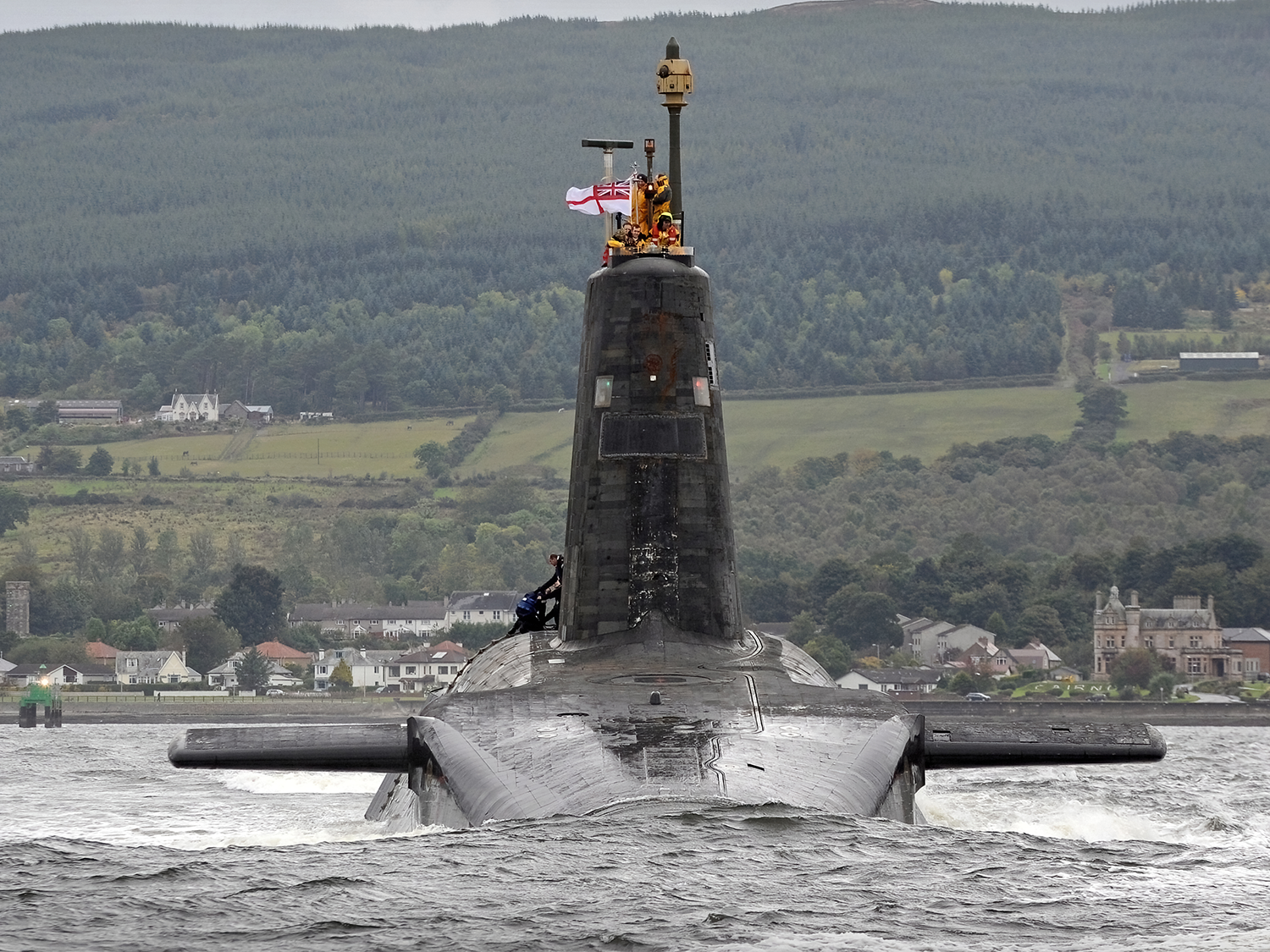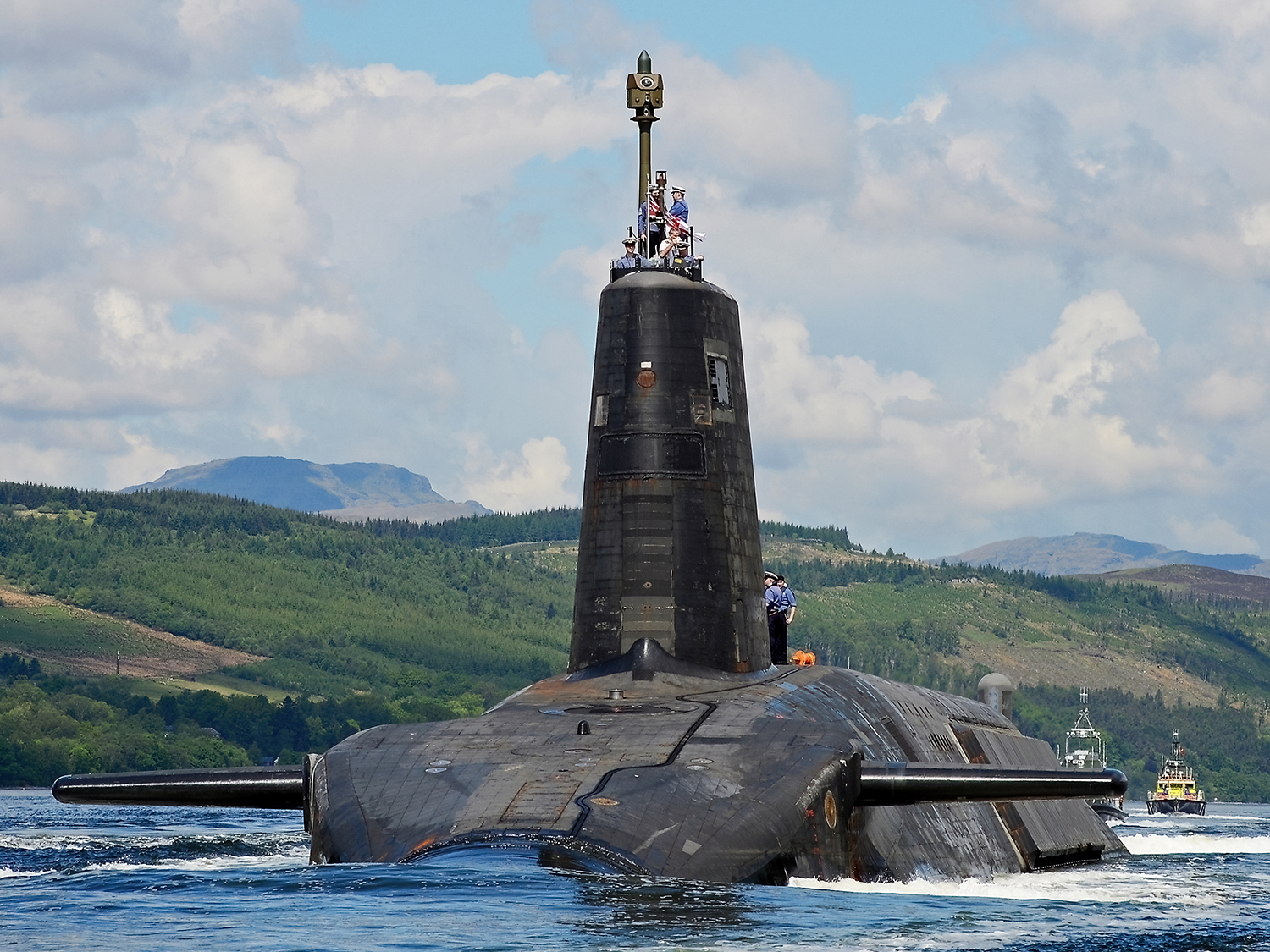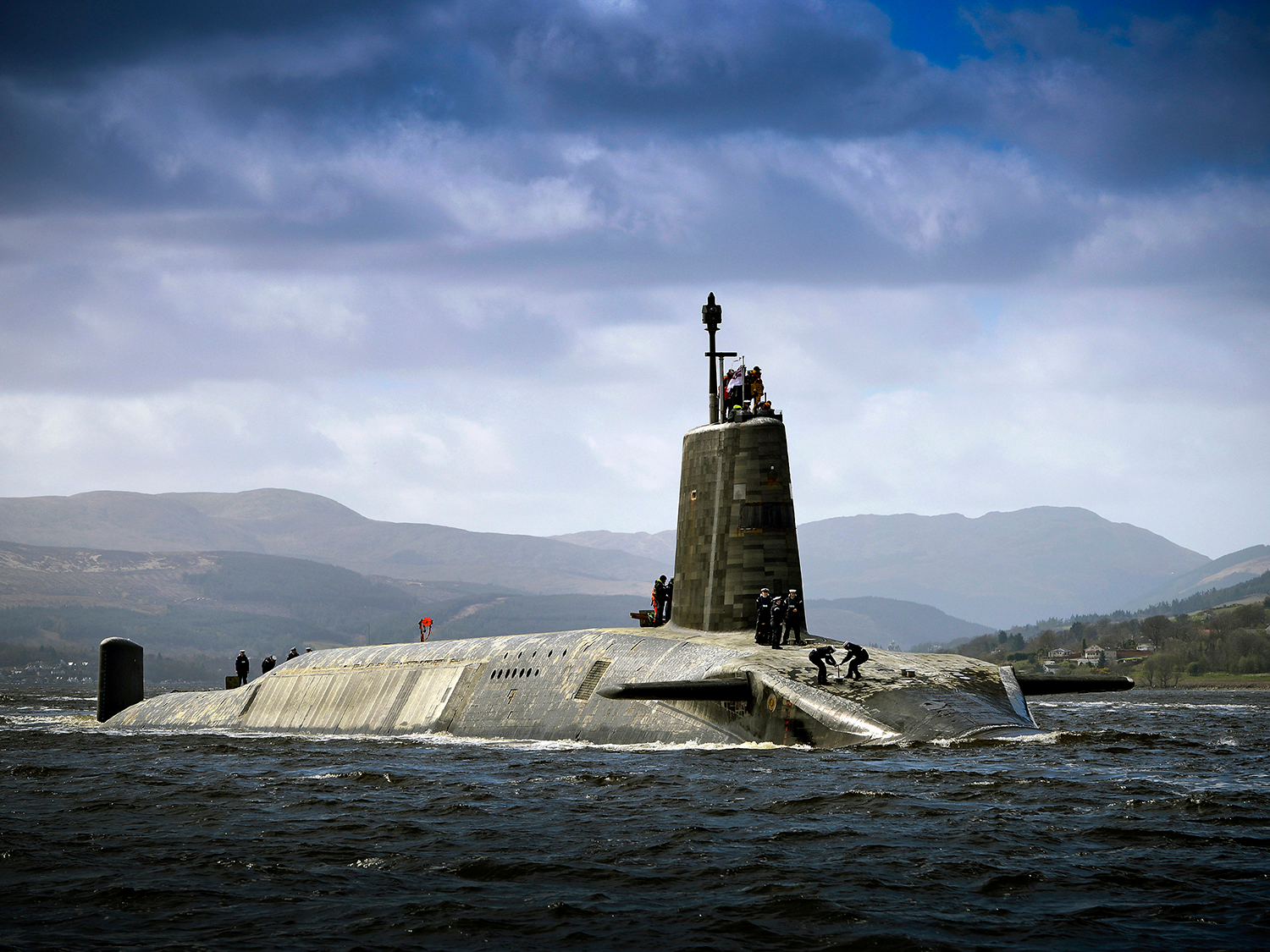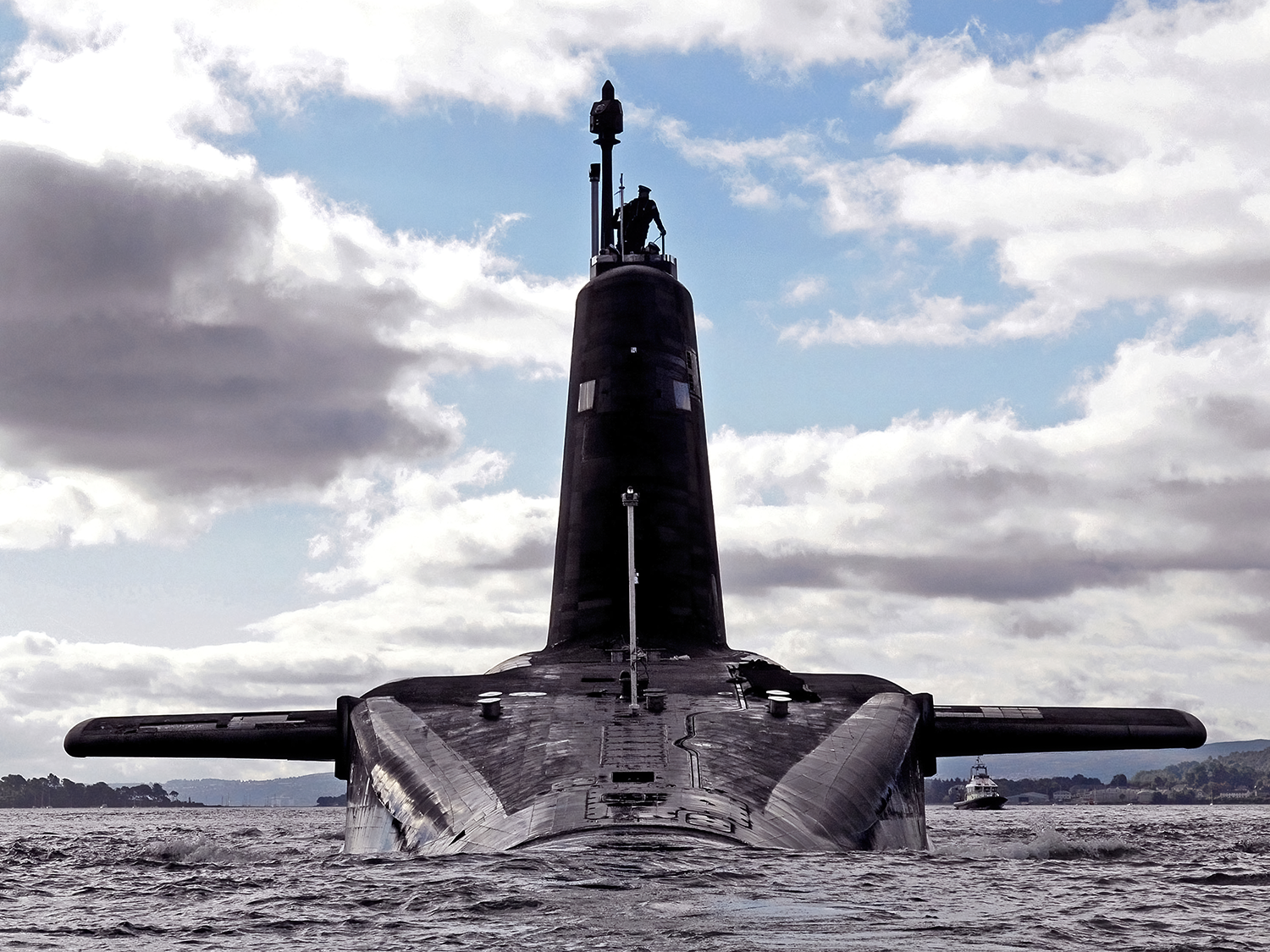Royal Navy Vanguard Class Submarines: A Comprehensive Guide
Introduction
The Vanguard class submarines form the cornerstone of the United Kingdom’s strategic nuclear deterrent. Commissioned in the 1990s to replace the earlier Resolution class, these four submarines carry the Trident II D5 ballistic missile system, ensuring Britain’s ability to maintain continuous at-sea deterrence.
Built during the final years of the Cold War, the Vanguard class remain the largest submarines ever constructed for the Royal Navy and continue to serve as a critical component of national defence into the 21st century.
Origins and Design Development
By the late 1970s, the ageing Resolution class Polaris missile submarines were nearing the end of their operational lives. The British government sought a replacement that could maintain a credible and survivable nuclear deterrent into the next century.
In 1980, the United Kingdom reached an agreement with the United States to acquire the Trident missile system, leading to the design of a new class of submarines capable of carrying the much larger and more powerful Trident II D5 missiles.
The new submarines, designed and built by Vickers Shipbuilding and Engineering Ltd (VSEL) at Barrow-in-Furness, represented a major technological leap forward. Construction began in 1986, with the first vessel, HMS Vanguard, launched in 1992.
Design and Technical Features
Displacement: 15,900 tonnes submerged
Length: 150 metres
Beam: 12.8 metres
Propulsion: Rolls-Royce PWR2 nuclear reactor, steam turbines, single shaft
Speed: Over 25 knots submerged
Test Depth: Classified, estimated 300+ metres
Crew: Approximately 135 officers and ratings (operating dual crews)
Armament: 16 × Trident II D5 ballistic missiles (each with up to 8 independently targetable warheads, though the UK deploys fewer) - 4 × 21-inch torpedo tubes with Spearfish heavyweight torpedoes
Sensors and Systems: Advanced sonar suite (Type 2054) - Navigation, radar and electronic warfare systems - Secure global communications for strategic command
Each submarine can carry up to 48 warheads, although the UK deliberately deploys fewer in line with disarmament commitments.
Service and Operations
The Vanguard class entered service between 1993 and 1999, replacing the Resolution class as the Royal Navy’s strategic deterrent force. They operate under the policy of Continuous At-Sea Deterrence (CASD), ensuring that at least one boat is always on patrol, undetected and ready to respond if required.
Typical deterrent patrols last around three months, during which the submarine remains silent and submerged, maintaining radio silence except for secure communications with headquarters.
Key milestones in service include:
The first deterrent patrol by HMS Vanguard in 1994.
HMS Victorious took over as the lead deterrent boat following Vanguard’s major refits.
The class has undergone extensive refuelling and life-extension programmes to ensure they remain operational until the Dreadnought class submarines enter service in the 2030s.
he Trident II D5 missile system has been maintained jointly with the United States, with regular test firings conducted to ensure reliability.
Summary – At a Glance
|
Submarine |
Commissioned |
Notable Service Highlights |
Fate / Status |
|
HMS Vanguard (S28) |
1993 | First of class, inaugural Trident deterrent patrol |
In active service |
|
HMS Victorious (S29) |
1995 | Lead deterrent submarine, multiple refits |
In active service |
|
HMS Vigilant (S30) |
1996 | Extensive patrol record, mid-life refit completed |
In active service |
|
HMS Vengeance (S31) |
1999 | Final boat of class, test launches and deterrent patrols |
In active service |
Maintenance and Upgrades
The Vanguard class has been subject to continuous maintenance and improvement throughout its service life.
Long Overhaul Period and Refuel (LOP(R)) programmes were completed for all boats, extending operational life into the 2030s.
Reactor safety and control systems were upgraded, and improvements made to sonar and missile control systems.
The Trident D5 missile system was refurbished and extended through the D5LE (Life Extension) programme, ensuring compatibility with future deterrent submarines.
Successor Programme
The Vanguard class will eventually be replaced by the Dreadnought class submarines, currently under construction. The Dreadnoughts will carry the same Trident II D5 missiles but feature modern reactors, improved stealth, and next-generation command and control systems.
Until their retirement, the Vanguard boats will continue to guarantee the UK’s continuous nuclear deterrent, maintaining their silent patrols beneath the oceans.
Conclusion
The Vanguard class submarines represent the pinnacle of British naval engineering and remain the most powerful vessels ever operated by the Royal Navy. For more than three decades, they have ensured that the United Kingdom maintains a secure, credible, and independent nuclear deterrent.
Silent, enduring, and constantly vigilant, the Vanguard class continues to uphold Britain’s strategic defence policy until the arrival of their Dreadnought-class successors.






